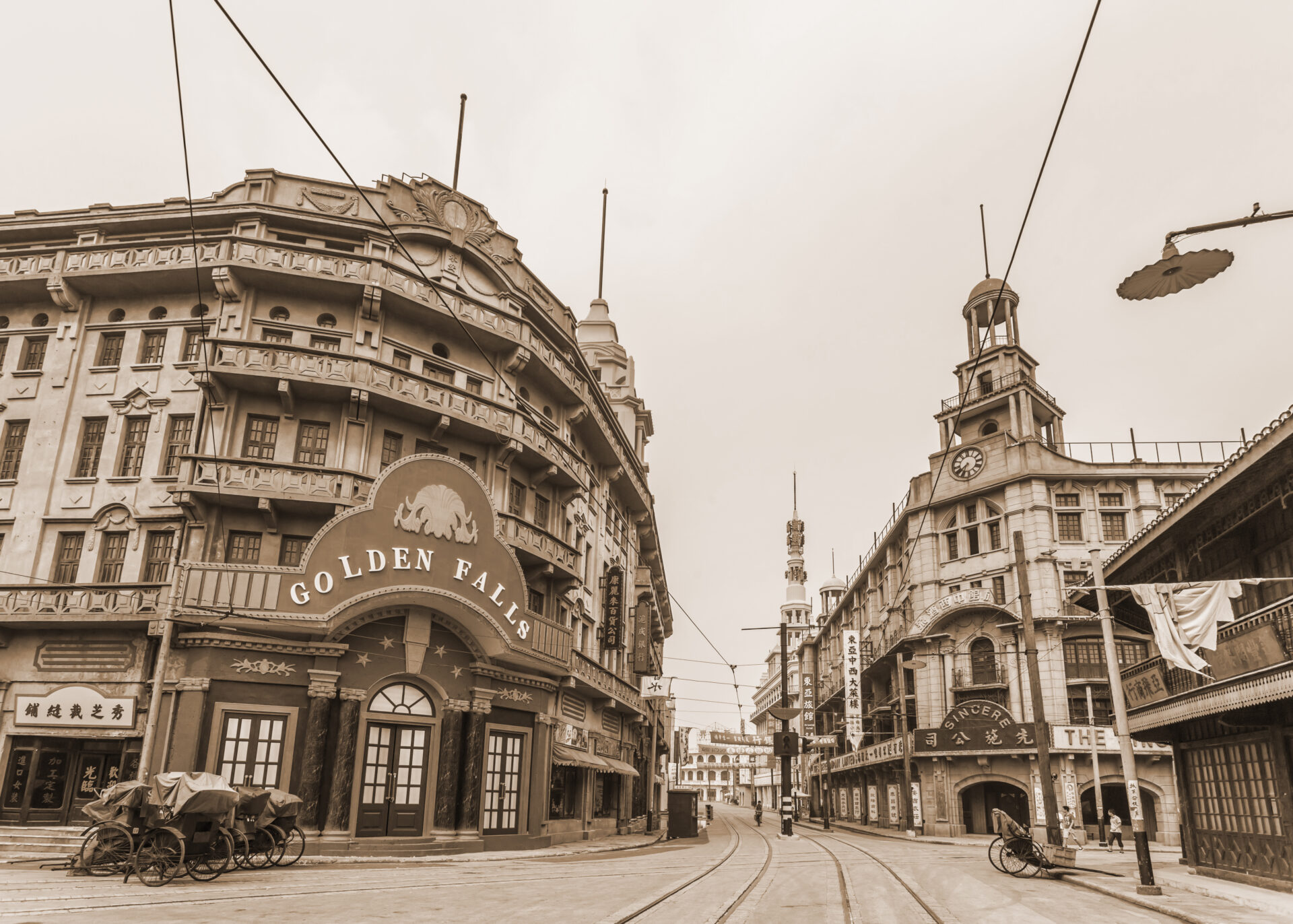The History of Real Estate
Table of Contents

Introduction
The history of real estate is a compelling narrative that weaves through the tapestry of human civilization, mirroring the evolution of societies, economic systems, and the very concept of property itself. From ancient agricultural communities to the skyscraper-laden urban landscapes of today, real estate has played a pivotal role in shaping the way we live, work, and build communities. In this extensive exploration, we embark on a chronological journey through the annals of history, tracing the origins, transformations, and defining moments that have sculpted the fascinating history of real estate.
Foundations of Property Ownership: Ancient Civilizations (4000 BCE - 2000 BCE)
In the cradle of civilization, the concept of property ownership emerged as humans transitioned from nomadic lifestyles to settled agricultural communities. Mesopotamia and ancient Egypt laid the groundwork for organized land use, introducing the idea that land was a valuable asset. Ownership was closely tied to agricultural practices, marking the dawn of real estate transactions.
The Romans further refined property laws, establishing legal frameworks that would influence the Western understanding of real estate for centuries to come. The Roman Empire’s legacy included the concept of private property and the development of contracts and legal procedures for property transactions.
Real Estate as Symbol of Power: Feudalism to the Renaissance (9th - 17th Century)
The medieval period witnessed the dominance of feudalism, where landownership equated to power. Feudal lords controlled vast estates, and peasants worked the land in exchange for protection. Real estate became not just a practical asset but a symbol of social and economic status.
With the Renaissance came a resurgence of interest in arts, culture, and architecture. The wealthy elite commissioned grand homes, marking a shift towards urbanization. Real estate, during this period, became a tangible expression of prestige and societal standing.
Industrial Revolution: Transforming Landscapes and Cityscapes (18th - 19th Century)
The Industrial Revolution brought about a seismic shift, transitioning societies from agrarian to industrialized urban centre’s. Rapid urbanization resulted in the proliferation of cities, leading to increased demand for residential and commercial spaces. The landscape of real estate evolved as urban centre’s became hubs of economic activity.
Post-World War II and Suburbanization (1940s - 1950s)
The aftermath of World War II marked a paradigm shift in real estate dynamics. Governments, such as the United States with the GI Bill, facilitated homeownership for returning veterans, spurring mass suburbanization. The American Dream was synonymous with homeownership, and suburbs became emblematic of post-war prosperity.
Late 20th Century: Globalization and the Rise of Mega-Cities
As the 20th century progressed, globalization became a driving force in real estate. Mega-cities emerged as economic powerhouses, and real estate markets became increasingly interconnected on a global scale. Iconic structures and skyscrapers became defining features of urban landscapes
21st Century: Technology, Sustainability, and Smart Cities
The dawn of the 21st century brought unprecedented technological advancements, transforming the way real estate transactions occur. Online platforms, digital marketing, and virtual tours revolutionized property buying and selling. Sustainability became a central theme, with a focus on green buildings and eco-friendly practices.
The concept of smart cities gained prominence, emphasizing the integration of technology to enhance urban living. Smart infrastructure, intelligent transportation systems, and data-driven urban planning became essential components of forward-thinking cities.
Conclusion: Navigating the Contemporary Landscape
The history of real estate reflects not just the physical evolution of structures but the dynamic interplay between human aspirations, economic forces, and societal shifts. Today, real estate stands at the nexus of innovation, sustainability, and the ever-changing needs of a globalized world.
As we navigate the contemporary landscape of real estate, the lessons from history serve as a compass, guiding us through the complexities of an ever-evolving industry. From the fertile plains of ancient civilizations to the towering skyscrapers of modern metropolises, the history of real estate is a testament to the enduring significance of property in the human story—a narrative that continues to unfold with each passing chapter.

